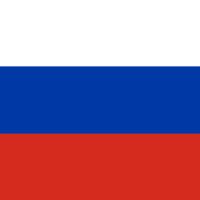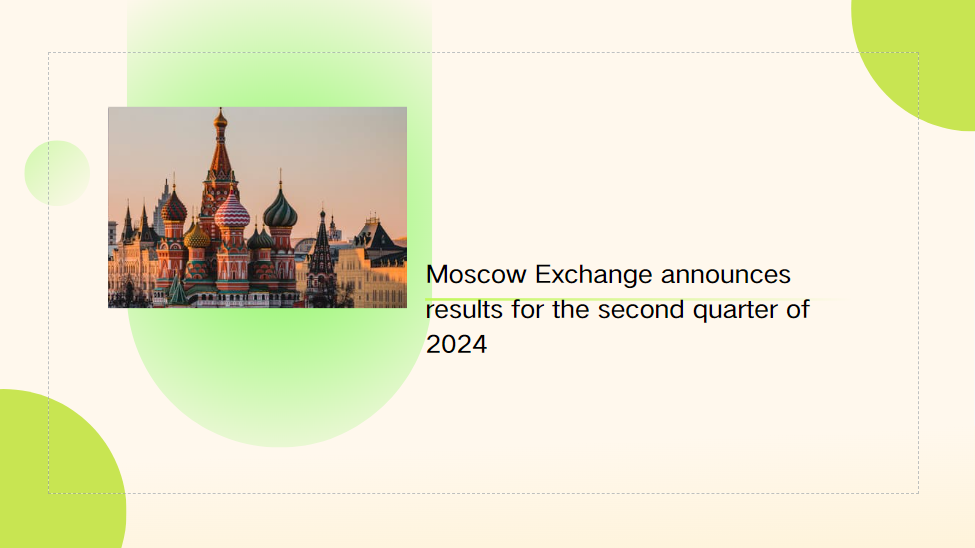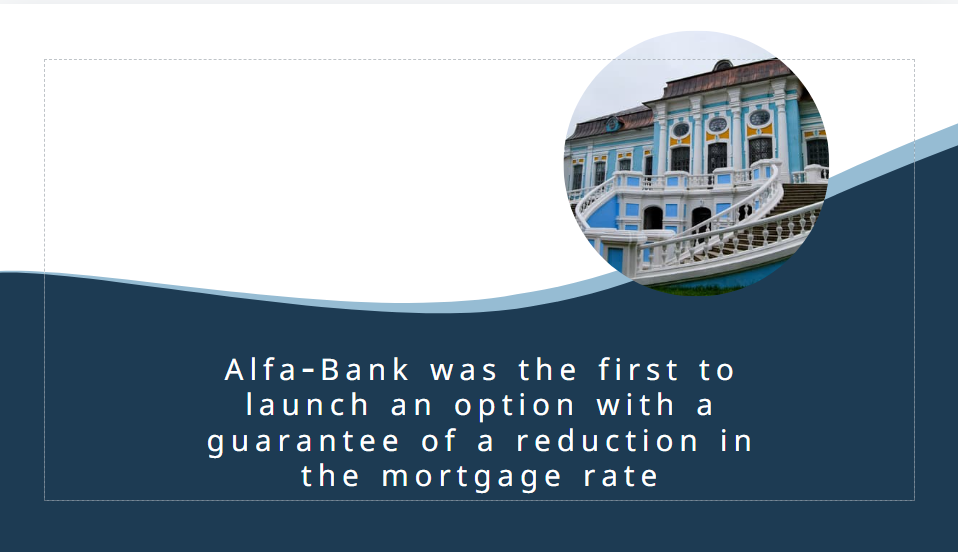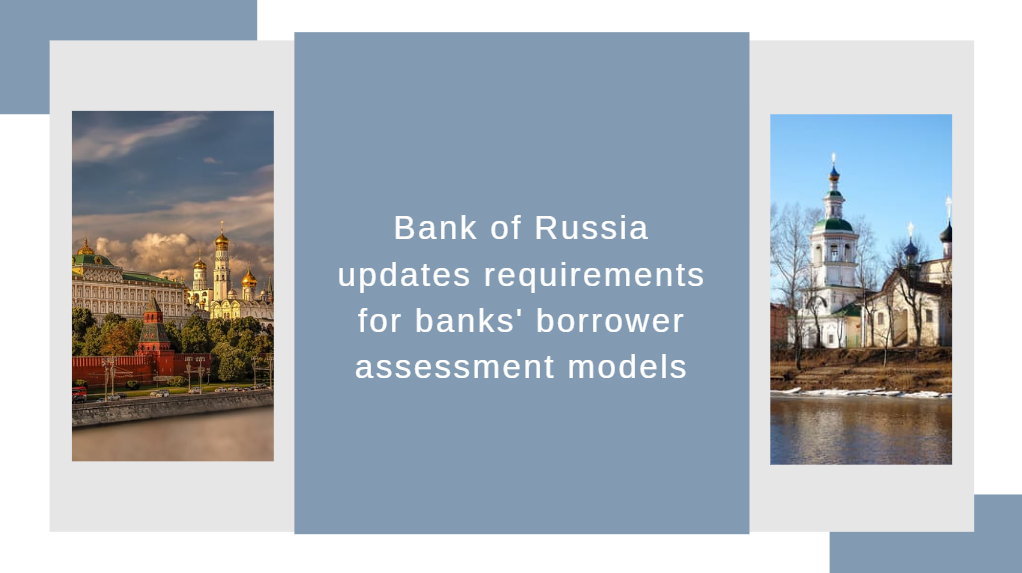Talking Trends: signs of slower economic activity
Flash estimates point to more moderate growth in economic activity in early Q3 relative to Q2. Retail lending and consumption expanded at a slower pace. However, overall demand still far exceeds supply.
With stubbornly high price growth, household and business inflation expectations are rising. A continued trend towards more balanced growth is expected to normalise inflationary pressures.
Monthly summary
Current growth of prices was persistently high between July and August, including in the underlying components of inflation. A further rise was seen in household and business inflation expectations. At the same time, there were tentative signs of an emerging disinflationary trend, with demand posting a more moderate pace. This came on the back of a slowdown in retail lending and less dynamism in household consumption. This is expected to encourage a switch to more moderate production plans and, combined with gradually increasing productivity, help soften a tight labour market.
In July, the seasonally adjusted growth of consumer prices – even excluding utility rates – was highest since the start of the year. It was driven by fruit and vegetable and petrol prices. However, considerably less growth was seen in the underlying components of inflation. While seasonally adjusted price growth declined in August, it is premature to speak of a steady reduction in inflationary pressures. To return inflation to 4% in 2025, tighter monetary conditions are needed than in 2024 H1. Whether this will require an additional increase in the key rate will depend on incoming data.
The July–August data and surveys mostly signal slower growth in economic activity, including in household consumption. Retail lending progressed at a slower pace, excluding car loans. Overall, this enables a gradual reduction in overheating in the economy and a transition to more moderate but sustainable growth, providing that price stability is achieved.
Between late July and August, developments in domestic financial markets were driven by a hostile geopolitical environment as well as an investor rethink on the timeframe of tight monetary policy. The foreign currency market grew more fragmented, with further complications in yuan-ruble pricing. Negative trends prevailed in the equity and fixed–income bond markets, while variable yield bonds and money market funds retained investor appeal.
More details are presented in Talking Trends, a Bank of Russia bulletin.























































First, please LoginComment After ~